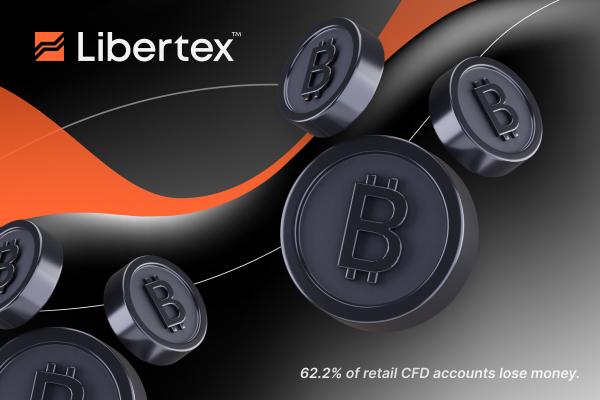Ever since cryptocurrency prices went into freefall in late 2021, everybody from analysts to disgruntled investors has been speaking of a long, hard crypto winter, with some even calling it the end of digital currencies as we know them. But as anybody with more than six months of experience in this market can tell you, extreme boom and bust cycles kind of come with the territory. A decline of over 70% in a given stock's price over the space of a few weeks might well be viewed as a death knell for the underlying company, but that's just another day at the office for Bitcoin.
The original cryptocurrency has actually lost over 50% of its value seven times in total. It once even plummeted 99% from its local high. But each and every time, it came back stronger than ever. After reaching a low of $18,948 in June, BTC managed to gain almost 20% in the month of July and currently stands at a much healthier-looking $23,191. Now that Bitcoin is back on the right side of that key $20,000 support, the crypto bulls are coming out of the woodwork and gearing themselves up for another run. But is the winter really over, or could they be running right into a trap?
HODLers
The latest figures on BTC dormant for more than one year would suggest that accumulation is over, a phenomenon that has historically signalled the end of a bear market and the start of a new bull cycle. Independent crypto analyst Miles Johal identified a rounded top formation in HODLed Bitcoin, which appears to be close to completion. Past experience would suggest that prices will respond by rising once it does. It all boils down to the HODL Waves metric, which basically gives a breakdown of supply according to when each BTC last moved. Now, the majority of the total Bitcoin supply is accounted for by the one-year HODL wave. Why is this significant? Well, the data clearly show that the larger the share of Bitcoin that has been motionless for at least a year is, the closer BTC is to a macro bottom. In fact, we're already seeing BTC/USD regain lost ground and – once this 'rounded top' pattern finally comes full circle – history indicates that a sustained uptrend could well follow.
But what about record exchange outflows?
Bitcoin is indeed flowing rapidly out of exchanges and has been doing so for at least the past six months. According to the latest data from Glassnode, BTC in exchange-based wallets now only accounts for 12.6% of the total supply (2.4 million BTC), which represents a 4.6% decline since Bitcoin's March 2020 all-time high, when this figure stood at 3.15 million BTC.
While these outflows are somewhat correlated with declining crypto prices, that's only half the story. A significant number of market participants are actually leaving exchanges for security concerns. Following a series of high-profile busts of so-called 'safe bets' like crypto banks Celsius and Voyager — not to mention the infamous collapse of stablecoin Terra — the "not your keys, not your crypto" mentality is back in fashion once more. People are still interested in owning digital currencies; they just prefer to hold them in their own private wallets. Elsewhere, the rise of CFD trading with traditional CFD brokers such as Libertex has also offered another avenue for active traders to bet on crypto price changes without owning the underlying asset.
Trade crypto CFDs with Libertex
Libertex offers long or short positions in CFDs on all of the most popular digital currencies, including Bitcoin, Ethereum and Solana, as well as many other altcoins and tokens. And because Libertex offers CFDs on every other major asset class, you can keep all of your trades in one accessible location. For more information or to create your own trading account, visit www.libertex.com/signup!
Risk Warning: CFDs are complex instruments and come with a high risk of losing money rapidly due to leverage. 62.2% of retail investor accounts lose money when trading CFDs with this provider. Tight spreads apply. Please check our spreads on the platform. Available for retail clients on the Libertex Trading Platform. You should consider whether you understand how CFDs work and whether you can afford to take the high risk of losing your money.


